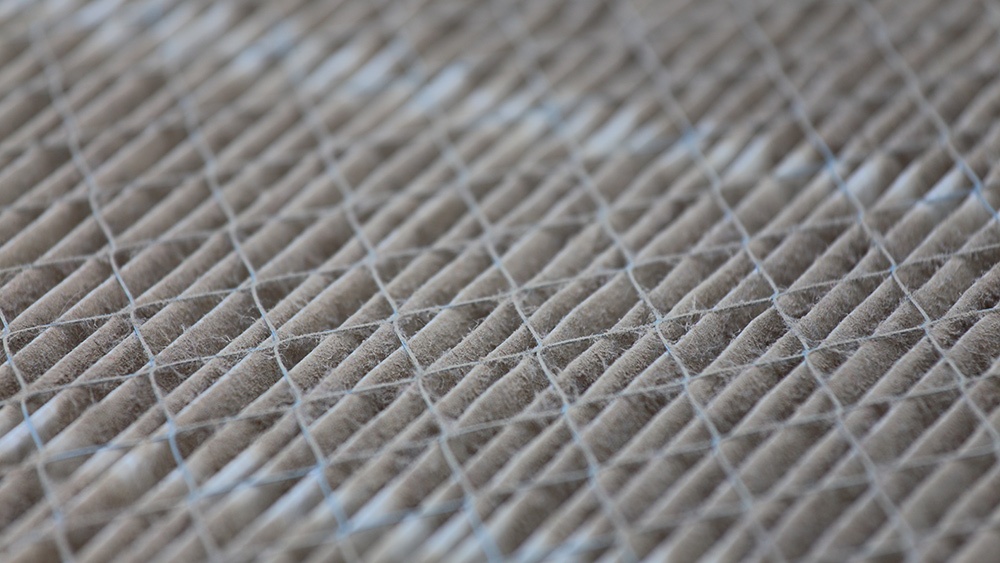
While some stop to smell the roses, allergy sufferers run away and sneeze into them. One way to alleviate seasonal allergies is to invest in an air filter, but it’s not an end-all-be-all solution.
Here’s what you need to know about filters and allergies, thanks to Warner Service in Frederick, Maryland:
Not all filters are created equal. Different air filters exist, and choosing between the top two types depends on where your priorities are. Here’s the breakdown:
Disposable Air Filters
Disposable filters are more conventional and user-friendly than reusable filters. You install the filter in your HVAC system and, in one to three months (depending on your home’s indoor air quality), remove the filter. Throw the filter away, and replace it.
The downsides to disposable air filters include cost and environmental impact. Because disposable filters must be replaced at least 12 times per year, the cost adds up quickly. In addition, disposable filters have a negative impact on the environment, as they often pile up in landfills.
Reusable Filters
Reusable filters are more appealing to those who value cost savings and environmental friendliness. They’re generally thicker than disposable filters, and in turn, last longer.
Every three to four months, reusable filters must be washed to clean off dust and dirt to improve your home’s indoor air quality. Keeping reusable filters clean also extends their life beyond disposable filters. However, dirt still forms permanently over time, which means that performance will eventually suffer. Because of this, reusable filters should be replaced about once every five years.
Despite their higher price upfront, the overall lifespan of these filters saves you money in the long run. Plus, because they’re disposed of every five years, the waste produced by reusable filters is minimal in comparison.
The main purpose of a filter is to help the HVAC equipment. While improved indoor air quality is a bonus benefit to filters, the main purpose of a regular filter is to protect and keep efficiency of HVAC equipment like furnaces and air conditioners.
If you need a filter that’s specifically designed to catch allergens and pathogens in your home to reduce allergies, invest in an allergy filter. While these specialized filters stop super tiny particles, it’s important to remember…
Allergy filters don’t catch every single particle. While an allergy filter is the best way to reduce allergens and pathogens in your home, they don’t catch every last particle. While seasonal allergies significantly reduce with the help of allergy filters, you should take extra precaution to complement its efforts. This can include taking medication, reducing exposure to allergy triggers, and so on.
It’s not all about HEPA (High Efficiency Particulate Air). According to Artista, an air conditioning company in Long Island City, New York, “HEPA air filters for allergies are rated on how well they block particles of different sizes. The rating system is called the Minimum Efficiency Reporting System, or MERV.
The ratings range from MERV 1 to MERV 12, with the higher number indicating filters that are capable of removing the smallest particles, including many species of pollen.”
You might need an air purifier. Air purifiers are an alternative to a basic filter. Warner Service prefers the Air Scrubber by Aerus®, but many homeowners invest in electrostatic precipitators, whole-home or portable air purifiers, and other ventilation options.
For more information on how to keep the sneezing and itchy, watery eyes to a minimum during allergy season, download Warner Service’s Guide To Home HVAC During Allergy Season by clicking on the button below:


